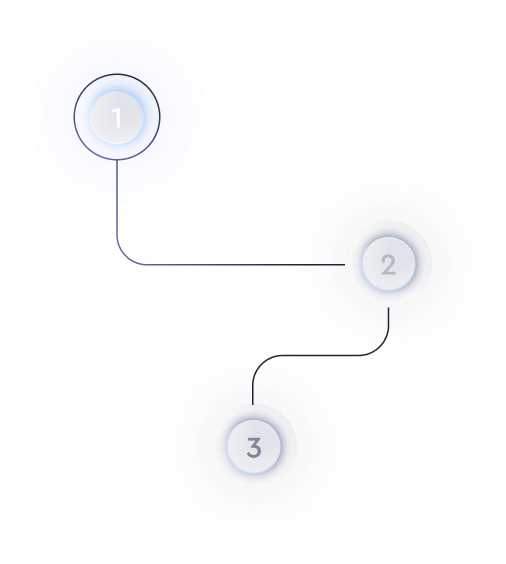What are the performance implications of Server-Side Rendering (SSR) vs Client-Side Rendering (CSR)?
Introduction to Server-Side Rendering (SSR) and Client-Side Rendering (CSR)
In the world of web development, rendering strategies have a significant impact on performance, user experience, and SEO. Server-Side Rendering (SSR) and Client-Side Rendering (CSR) are two prevalent methods that developers employ to deliver web pages to users. Understanding the implications of each can empower developers to optimize the performance and efficiency of their applications.
Server-Side Rendering (SSR)
Server-Side Rendering (SSR) refers to the process of converting your React, Vue.js, or any other JavaScript framework components into HTML on the server. The completely rendered page is then sent to the client's browser.
Initial Load Time: One of the main performance advantages of SSR is faster page loading time, especially beneficial for first-time page loads. This can lead to a better user experience, as users can see the content as soon as possible.
SEO Benefits: Web crawlers can index server-rendered content more effectively, making SSR a better option for SEO. Search engines like Google are better able to interpret and rank pages with SSR due to the fully rendered HTML content.
Caching Opportunities: SSR allows for better caching strategies as the HTML can be served from Content Delivery Networks (CDNs), reducing the load on your servers and speeding up content delivery for users.
However, SSR can increase the time your server takes to process the rendering each time a page is requested, which might result in higher server load and cost, particularly under heavy traffic conditions.
Client-Side Rendering (CSR)
Client-Side Rendering (CSR), predominantly used in Single Page Applications (SPAs), involves rendering content directly in the browser using JavaScript frameworks. The server sends a bare-bones HTML file, and JavaScript files fill the content dynamically.
Reduced Server Load: CSR reduces the workload on the server as it offloads rendering responsibilities to the client’s browser. This translates to lower server costs and allows the server to focus on handling data-fetching and updates more efficiently.
Interactive User Interface: CSR allows for dynamic content updates without reloading the entire page. This results in a more interactive and seamless user experience, particularly for applications requiring frequent data updates.
However, CSR can suffer from longer initial load times as the browser needs to download, parse, and execute all JavaScript before displaying content. This can negatively impact performance, particularly on slower devices and connections.
Performance Considerations and Trade-offs
When choosing between SSR and CSR, developers must consider the trade-offs:
- Dynamic Content: If your application involves frequently changing content, CSR might be more suitable, as it supports real-time updates without page refreshes.
- Load Times: For applications where speed matters from the first interaction, such as e-commerce sites, SSR might offer better results.
- SEO Concerns: If SEO is a priority, SSR generally offers better support for search engine crawlers.
- Device Constraints: For users on slower devices, the lighter initial load of SSR can provide a better experience.
In some cases, a hybrid approach combining both SSR and CSR can be adopted to leverage the advantages of each method, providing static content through SSR for initial loads and dynamic parts through CSR.
Conclusion
The decision between Server-Side Rendering and Client-Side Rendering should be guided by the specific needs and goals of the project. Both have their strengths and weaknesses, and understanding these implications allows developers to make informed choices that align with their application's performance, user experience, and SEO requirements.

